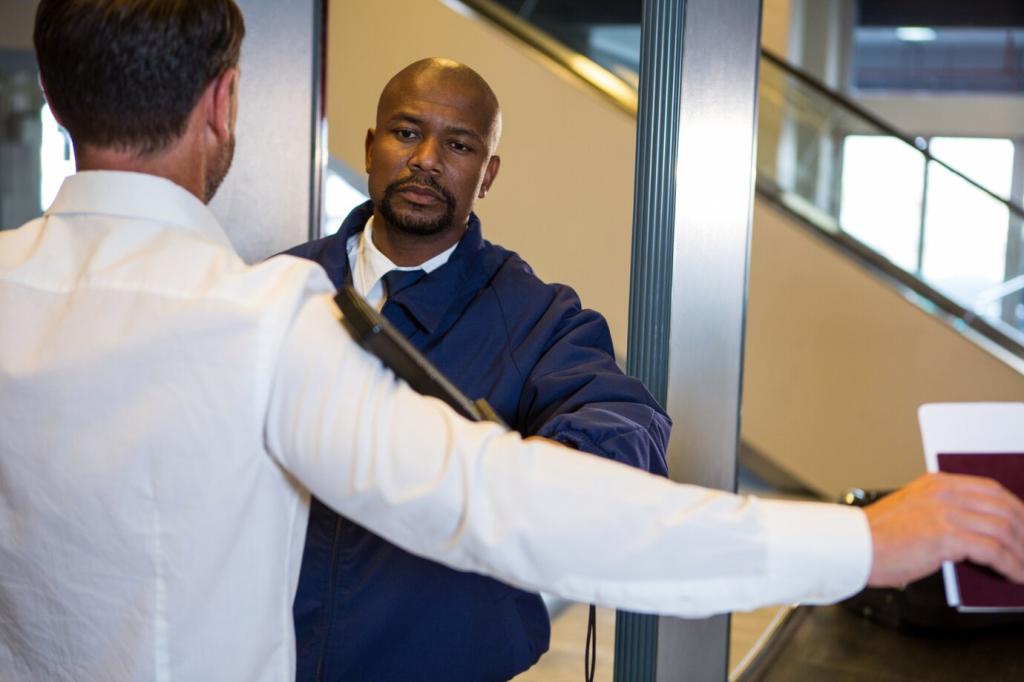Understand Your Home’s Physical Layout
A safe’s weight concentrates on a small footprint. Locate studs, joists, or a concrete slab to avoid sagging floors or shifting. A well-supported placement also deters forced removal attempts. If unsure, consult a contractor and document the structural support you’ll use.
Understand Your Home’s Physical Layout
Measure twice, move once. Ensure the safe door opens fully without hitting shelves or trim, and that you can kneel or stand comfortably to access contents. If combinations or biometrics are awkward to reach, you’ll avoid using the safe when it matters most.



